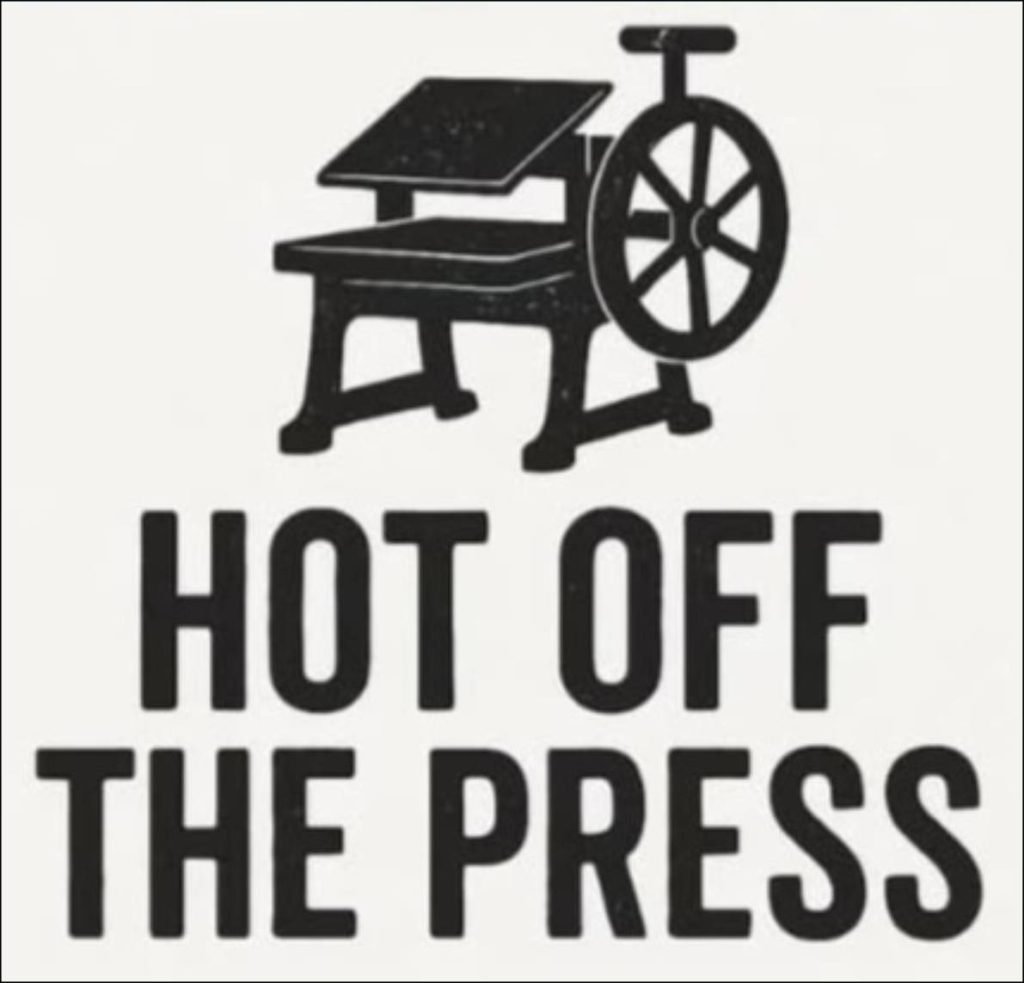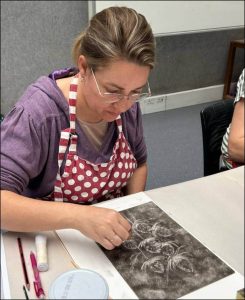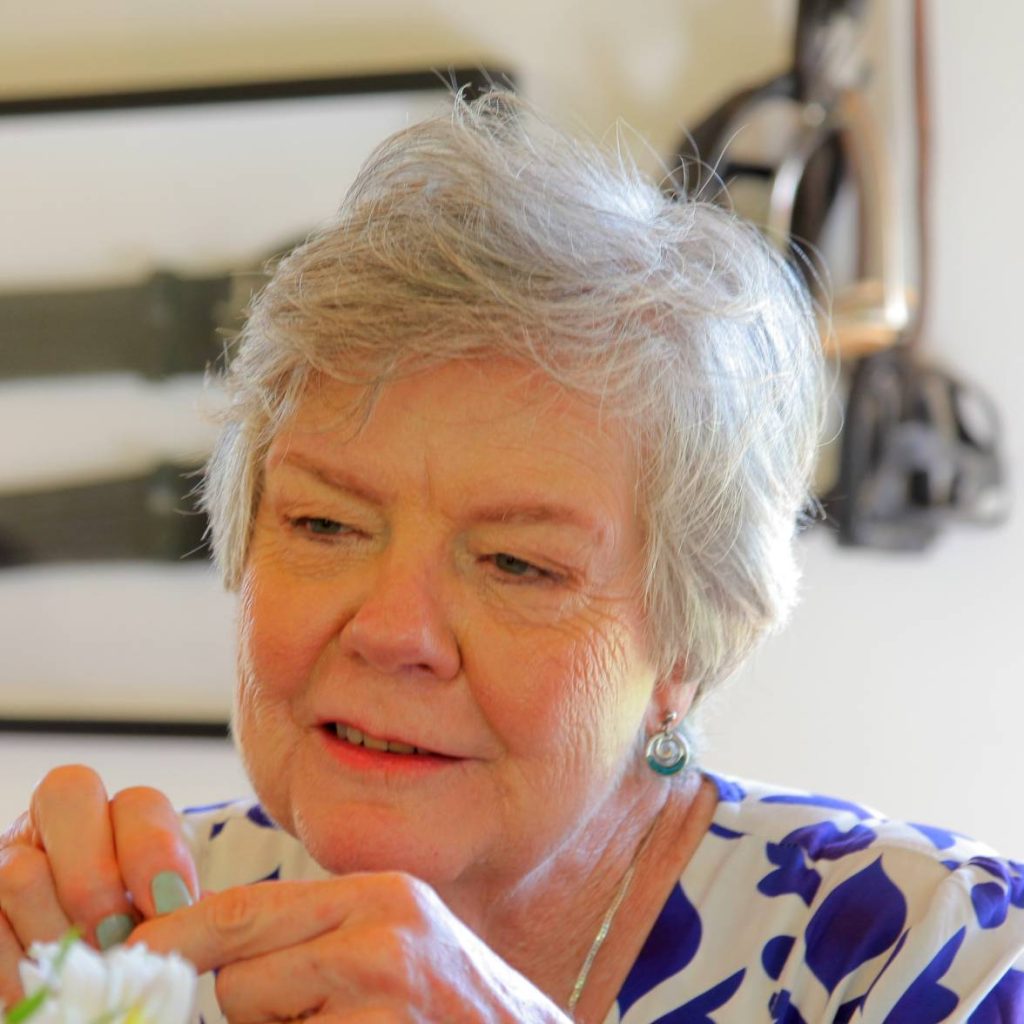Hot off the press
“Hot off the Press” is a dynamic, collaborative printmaking exhibition hosted by Art.b Gallery. Over the past few weeks,the gallery has run a series of one-day workshops led by four accomplished print makers: Theo Paul Vorster (Lino cut), Sunita Hansen (Monotype), Tiaan van Deventer (Cyanotype) and Diane Johnson Ackerman (Reduction woodcut). Participating artists were encouraged to break away from their usual methods and embrace the immediacy of printmaking, working directly from the press to produce fresh, original artworks that celebrate experimentation, spontaneity and the beauty of the process.
Alongside the workshop outcomes, each print maker also exhibits a small selection of their own pieces, showcasing their distinctive styles and technical mastery. All works are presented unframed and priced accessibly, making this not only an inspiring celebration of printmaking but also an excellent opportunity for collectors and first-time buyers to invest in original art.

The Facilitators
Bio
Theo began his artistic journey in school, leading to enrolling for a Degree in Graphic Design at the University of Stellenbosch, where printmaking became his primary focus. Since 1996, he has worked as a full-time print artist, showcasing my work through numerous solo and group exhibitions.
Originally specializing in etching, he transitioned to lino printing in 2006, captivated by the three-dimensional quality of carving into the material. His art is characterized by vibrant colors, intricate line work, and thematic depth, inviting viewers into a surreal world filled with dynamic energy and playful drama.
What is linocut?
Linocut is a form of relief printing where a design is carved into a linoleum block, leaving the image in raised relief to be inked and then pressed onto paper. Because linoleum has no grain, it allows for more fluid, versatile cuts than wood, making it suitable for bold, graphic images as well as multi-layered, intricate designs. The process is similar to woodcut printing but is generally considered more accessible and easier to work with, leading to its adoption by various artists since the early 20th century.





Bio
Sunita Hansen is a self-taught artist from Bellville, Cape Town, who has been carving
her art career by attending workshops in different media from well established artists. She works in a variety of mediums and utilizes her sketchbooks, plein air studies and photographs to create etches, linocuts, monotypes and paintings in water colour, gouache and oil. She invites her audience to envision the beauty, emotions and poetry that she discovers in ordinary and familiar places and aims to live out her God-given talent to the full.
What is monotype?
Monotype printing is a unique form of printmaking where an artist creates a single, one-off impression of an image by applying ink or paint to a smooth surface, such as glass or metal. The image is then transferred to paper, typically by hand or with a printing press, resulting in a print that cannot be exactly replicated. This “painterly” technique blends elements of drawing, painting, and printmaking, yielding unique works prized for their individual texture and qualities.









Bio
Tiaan van Deventer is a Cape Town–based visual artist and photographer whose career blends analogue mastery, global craftsmanship, and innovative vision. Trained at Peninsula Technikon and CPUT, he refined his skills in the photographic industry and at Kingsbridge Art in London before establishing the premier framing business in Cape Town. A lecturer, curator, and treasurer of the Arts Association of Bellville, he is acclaimed for Die Uitgewerptes, an award-winning series on homeless Afrikaner men, and for OBSCURA, his monumental camera obscura installations showcased at AfrikaBurn and other venues. His works, held in collections across South Africa and Europe, reflect a rare fusion of technical precision and conceptual depth.
What is cyanotype?
Cyanotype is an early photographic printing method invented by John Herschel in 1842 that produces a white-on-dark-blue image on paper or fabric by exposing light-sensitive iron salts to UV light. Historically, it was used to create blueprints from architectural and mechanical drawings. Today, it is a popular camera-less art form where objects like flowers, leaves, or other items are placed on the treated surface, creating a silhouette effect, and the process can also be adapted to digital negatives









Reduction Woodcut Facilitator

Di Johnson Ackerman
Follow Di here:
Website: https://dfjohnson-ackerman.co.za
Facebook: Diane Johnson Ackerman
Bio
Di completed a B. Fine Arts at Rhodes University in the early 70’s, where she studied under Professor Brian Bradshaw, Rob Brooks, Tom Matthews, Joss Nel and Neil Rodgers and majored in painting. She exhibited with the Grahamstown Group. Although her training was in painting, she is passionate about printmaking, which includes Intaglio etching, linocut and reduction woodcut. Di has participated in many annual and group exhibitions. She has been involved in the bi-annual Open Studios in Prince Albert since its inception. A highlight was the 2018 Stellenbosch University Centenary Celebration with a series of commissioned paintings of historical buildings associated with the Faculty of AgriSciences at the University. Di also took part in the Stellenbosch Woordfees 2017 in the festival exhibition “See the Forest for the Trees”. Di has taken numerous residencies at the Cité Internationale des Arts in Paris and exhibited work at the Lessedra International Print Exhibition in Sophia in Bulgaria. She has exhibited at the KKNK and had several solo exhibitions with Cape Gallery and Prince Albert Gallery amongst others. Di has illustrated several books including technical and scientific manuscripts.
What is reduction woodcut?
A reduction woodcut is a multi-color print created from a single block of wood that is progressively carved away after each color is printed, layering colors from light to dark onto the same paper. This process “reduces” the block, removing areas where previous colors should show through, and allows the artist to build a complex, multi-layered image without needing separate blocks for each color.












